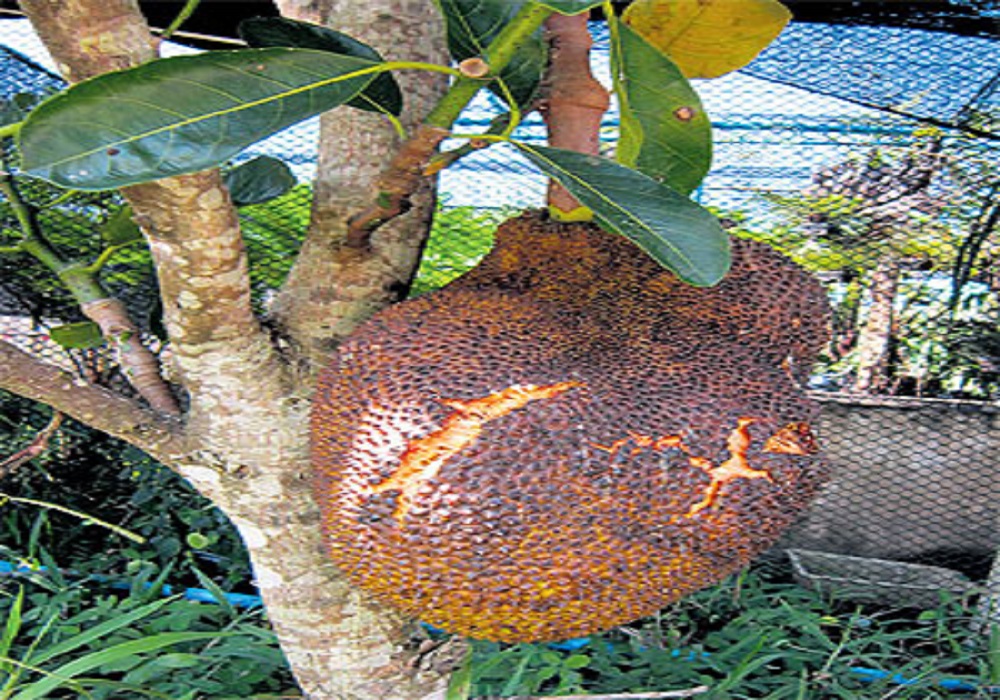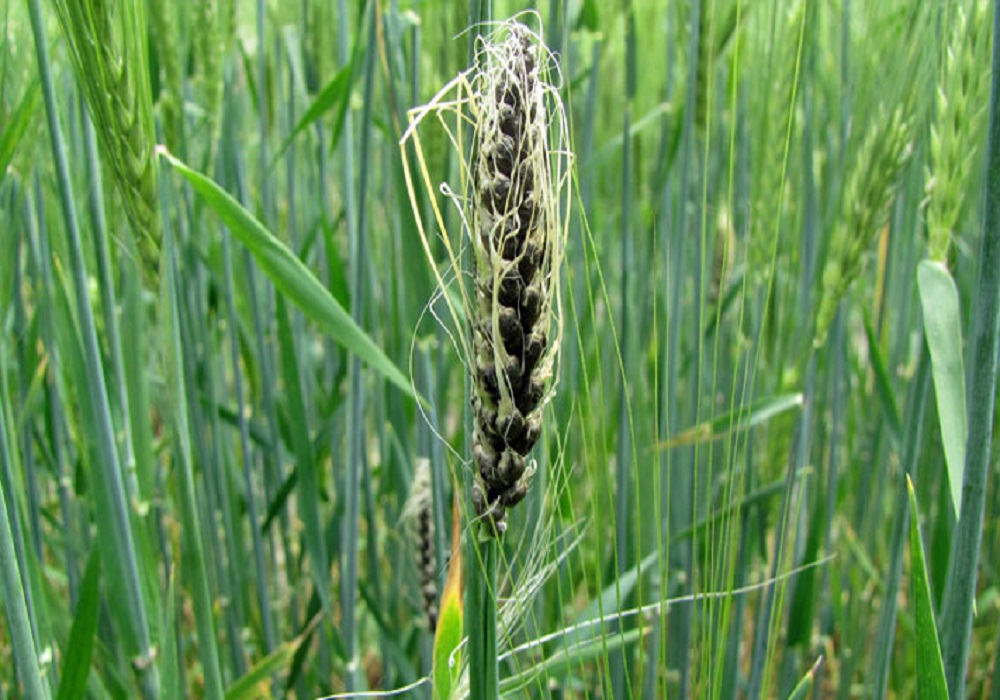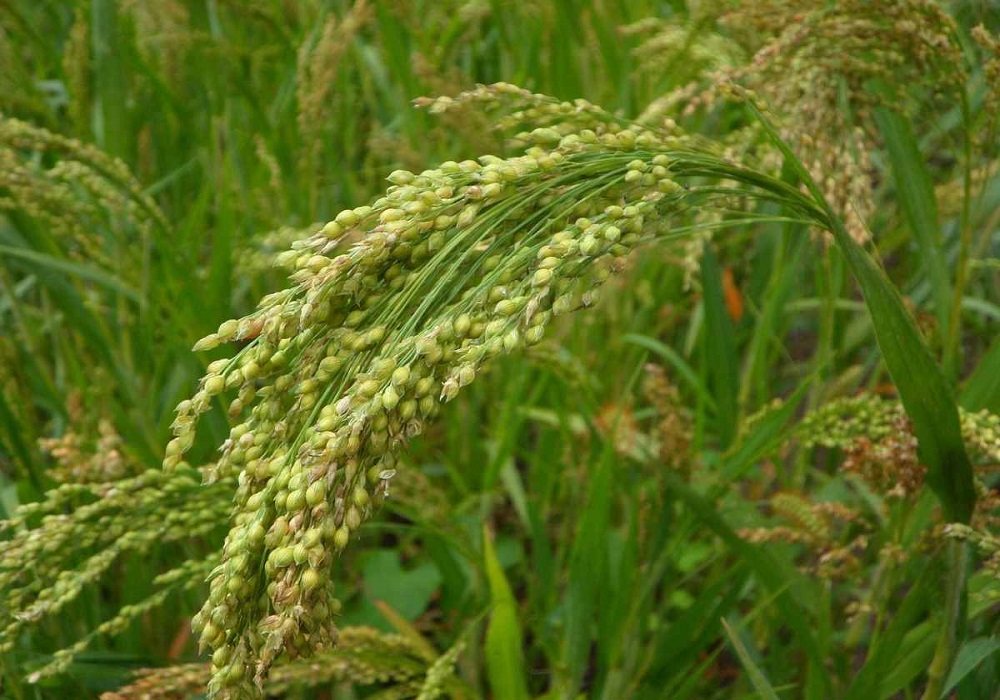Vegetables
Hi we are here to help you out and contact us for more information

Solution
keep the soil damp for 2-6 weeks, Do NOT overwater, Decrease soil pH by adding elemental sulfur, Rotate root crops by planting in alternate locations to limit the disease.
potato
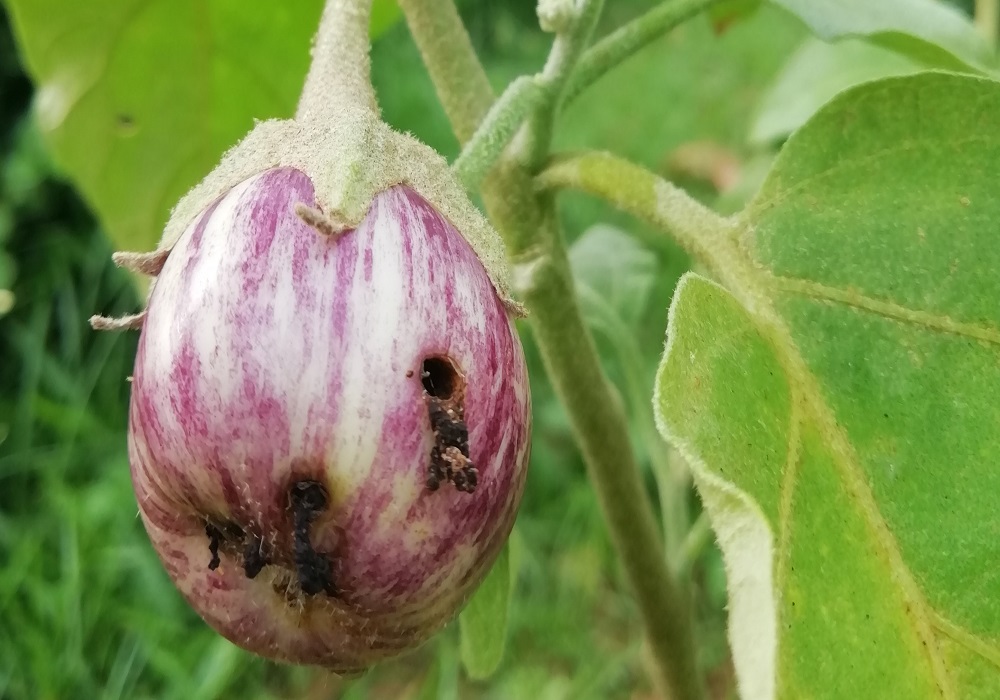
Solution
High soil, moisture and moderate temperature along with high humidity especially in the rainy season leads to the development of the disease.
brinjal
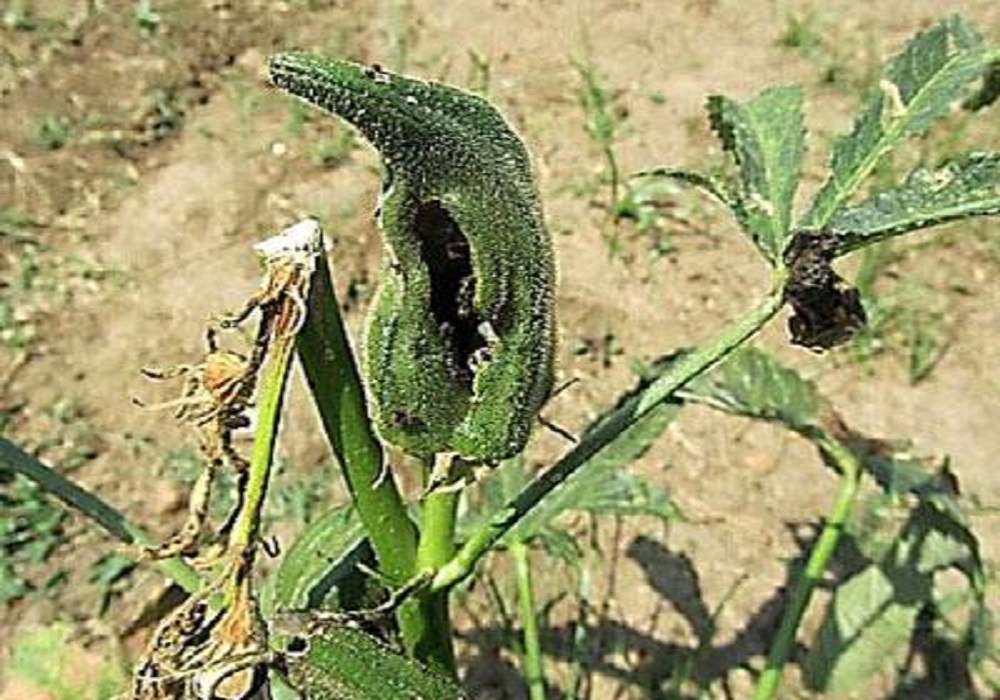
Solution
To avoid this disease, sprinkle 2 ml Hexaconazole 5% EC or 3 g Sulfur 80% WP or 2 ml Dinocap per liter of water
ladies finger

Solution
Avoid overhead watering by using drip or furrow irrigation. Remove and dispose of all diseased plant material. Prune plants to promote air circulation.
tomato

Solution
Carrot leaves totally killed off following infection by the Alternaria leaf blight fungus. Fungicidal seed treatment, ploughing under crop residues, crop rotation and foliar fungicides are all control recommendations.
carrot
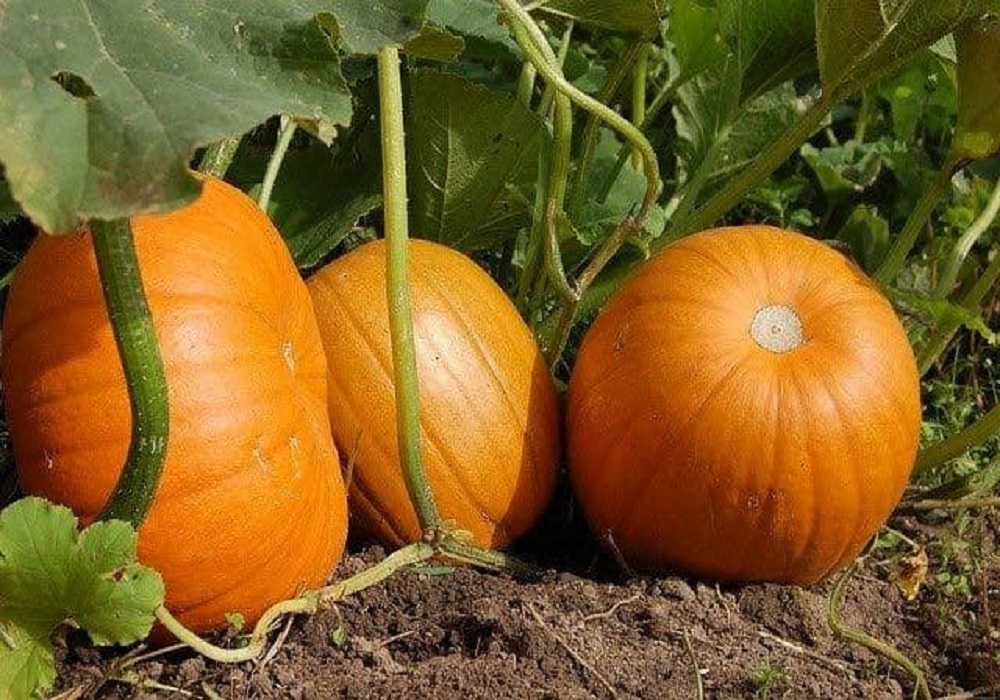
Solution
Armyworms may also do great damage to pumpkin plants. You can control armyworms using diatomite or insecticidal soap.
pumkin

Solution
Blackspot is best controlled by destroying infected pea trash and self-sown plants. The severity of disease may also be reduced by crop rotation, by the use of disease-free seed, resistant varieties and by the use of a fungicidal seed dressing.
peas

Solution
Most commercial onion crops must be protected from purple blotch by using repeated applications of protective fungicides.
onion

Solution
eneral care and maintenance Spinach requires high levels of moisture, and if rainfall is inadequate, 2.5 cm (1 in) of water should be applied every 7–10 days.




